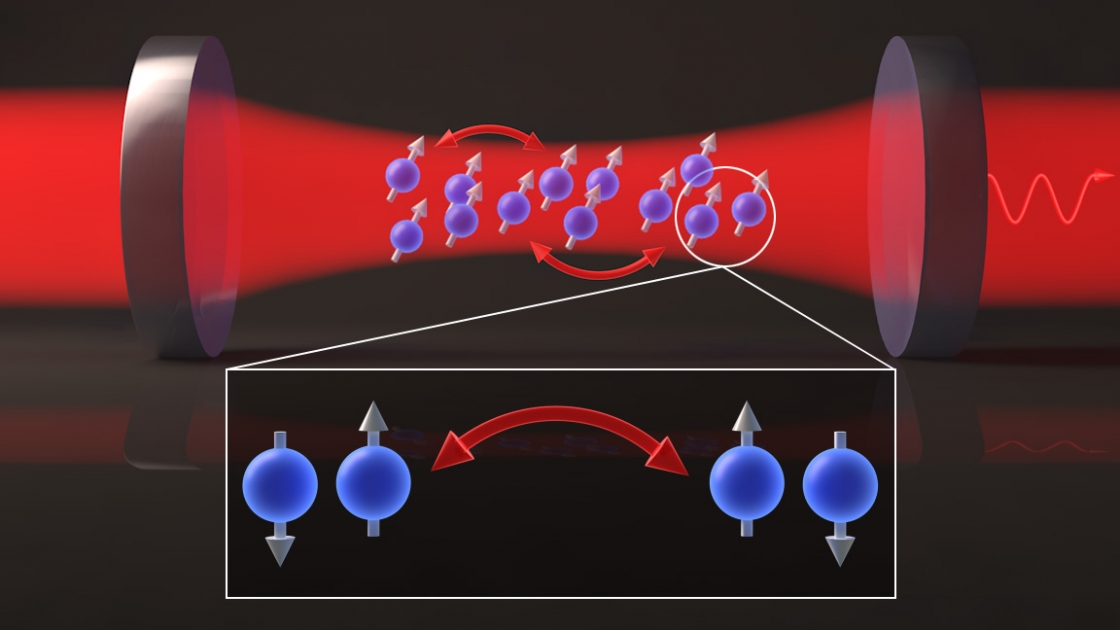The chaos within a black hole scrambles information. Gravity tugs on time in tiny, discrete steps. A phantom-like presence pervades our universe, yet evades detection. These intangible phenomena may seem like mere conjectures of science fiction, but in reality, experimental comprehension is not far, in neither time nor space.
Astronomical advances in quantum simulators and quantum sensors will likely be made within the decade, and the leading experiments for black holes, gravitons, and dark matter will be not in space, but in basements – sitting on tables, in a black room lit only by lasers.
These experiments, generally called quantum precision measurements, are leading the forefront of our fundamental understanding of the universe. These experiments use QIST (Quantum Information Science and Technology) phenomena to study and harness the quantum behavior of atoms, ions, and molecules, yet can fit within a food truck. Their power lies in their precision, or more colloquially, their sensitivity. Current quantum precision experiments, such as JILA’s atomic clock, have sensitivities of nearly 10-19[1], and with only a little more[2], this clock will be capable of detecting gravitational waves caused by colliding black holes, or measuring gravity’s influence on time. There’s only one problem: we already hit the limit of quantum precision.
The limit of quantum precision is defined by the Standard Quantum Limit, or SQL for short. Inherent to quantum measurements, SQL defines the inevitable quantum noise that arises from wave function collapse. This noise is not unlike the noise in a coin toss experiment, where more throws better estimate equal outcomes of heads and tails.
But according to JILA Fellows Ana Maria Rey and James Thompson, unordinary quantum experiments could access precisions beyond the standard limit. Quantum noise can be evaded, Thompson explained, by harnessing quantum entanglement. “When two atoms are entangled, the quantum noise of one atom cancels the quantum noise of another atom.”
Atoms can become entangled by undergoing a coherent interaction called spin exchange. “The physics [behind spin exchange] is very easy,” explained Rey, as she described two atoms exchanging a photon to swap energy quantified by spin. When the atoms swap spins, they become entangled, meaning measuring the spin of one atom gives immediate information about the spin of the second atom. If two coins could be entangled, for example, then one coin landing heads would force the second coin to land tails.




